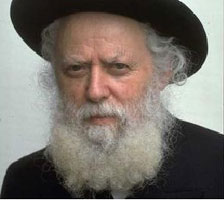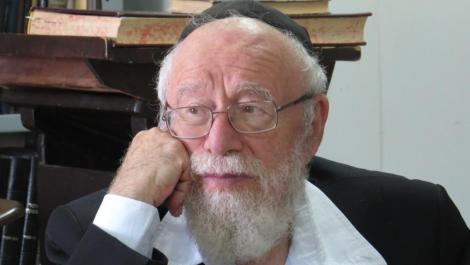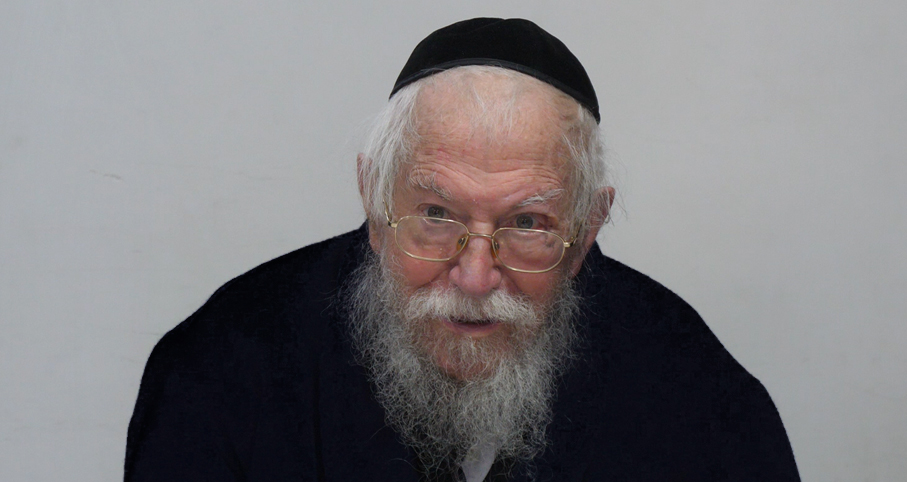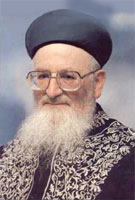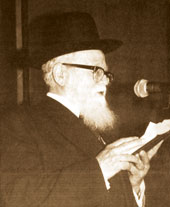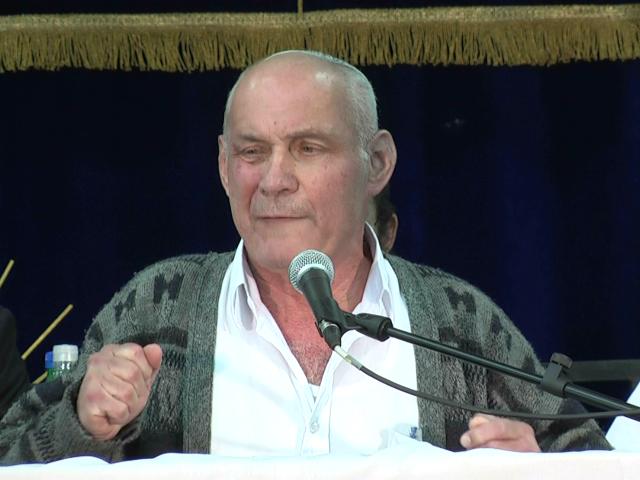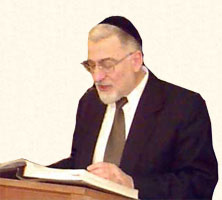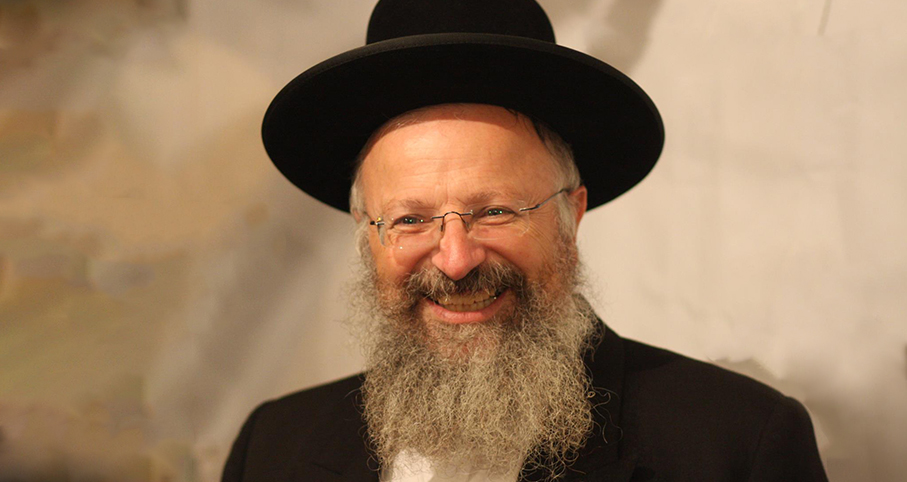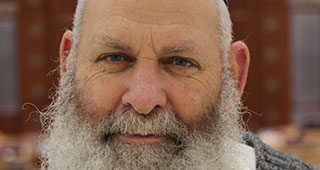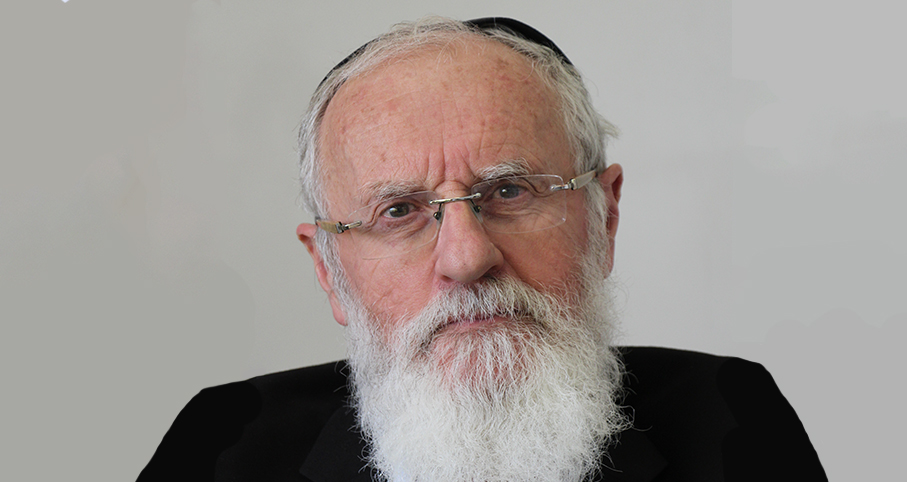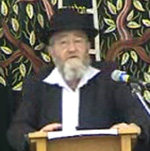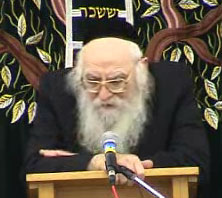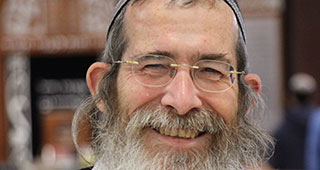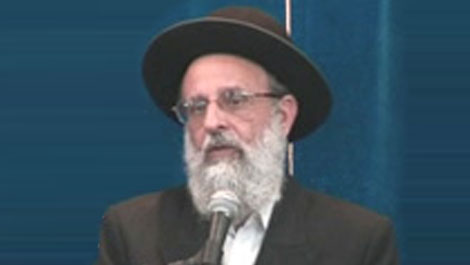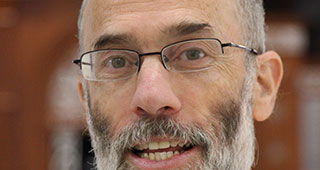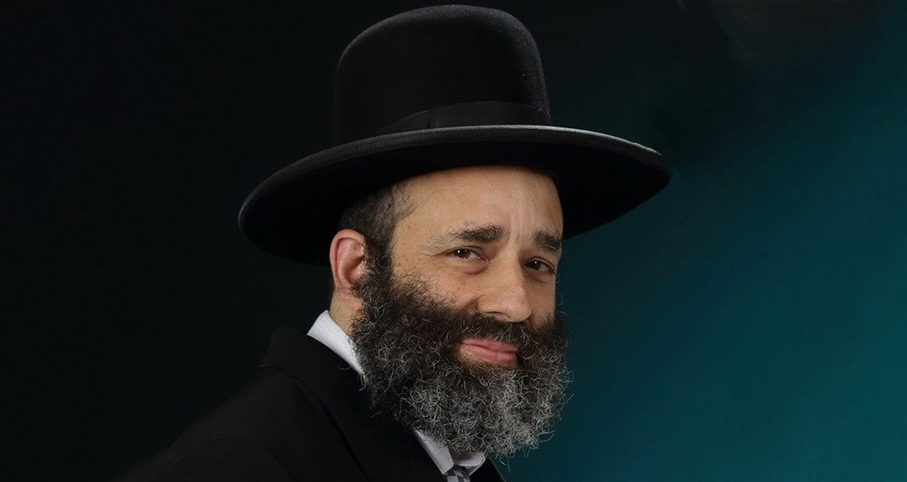Beit Midrash
- Sections
- Chemdat Yamim
- Bemare Habazak - Rabbis Questions
Answer: Mazal tov! Chazal forbade measuring things on Shabbat. This comes up in the gemara in Beitza (29a) in the context of using utensils with measure markings in transferring produce from one person to another. It also comes up in Shabbat (157a-b) in the context of measuring a mikveh and other pools of water.
There seem to be two approaches to the underlying reason behind the prohibition, and they are likely to be complementary rather than alternative. The Rambam (Shabbat 23:13) connected measuring to Rabbinic prohibitions related to commerce, which itself is forbidden lest one come to write (Rambam ibid. 12). However, the Rambam (ibid. 24:5) also brings it among things that are forbidden as weekday activities (uvdin d’chol). The need for a second element of the prohibition makes sense because many of the applications discussed are totally unrelated to commerce. Likewise, the Mishna Berura in some contexts invokes the reason of commerce (e.g., 323:3, 324:4), whereas elsewhere (306:34) relates measuring to uvdin d’chol.
The Beit Yosef (OC 308) cites the Maharil, who was uncertain whether an hourglass is muktzeh because it is used for measuring. Indeed, it is not classical measuring, which is when one uses an instrument to measure an object. In contrast, here one uses an instrument to determine the passage of the non-physical entity of time. While the Shulchan Aruch (OC 308:51) leaves the matter as a doubt, the Rama (ad loc.), like the Maharil, says that the minhag is to prohibit an hourglass. This is the ruling of contemporary poskim as well (see Shemirat Shabbat K’hilchata 28:35). (Poskim agree that a wrist watch is permitted – see Mishna Berura 308:168; Shemirat Shabbat K’hilchata 28:20. The distinction between this and an hourglass that makes most sense to me is that a watch tells you what time it is, whereas an hourglass measures the "distance" between point A and point B in time).
So indeed, the ruling you received was due to your special need. The idea that measuring is permitted for cases of special need is explicit in the gemara (Shabbat 157b) regarding measuring a mikveh to see if it is still valid, because this is a mitzva. Rishonim extend the leniency frommitzva use to the needs of a sick person. The Tur (OC 306) brings discussion of an ancient "alternative medicine" procedure for one with a headache that included measuring a certain distance and then saying an incantation. One authority forbade it, one permitted because the measuring is not done in a serious manner (see Shabbat 157b), and the Maharam MiRutenberg permitted it because healing the sick person is amitzva. The Shulchan Aruch (OC 306:7) accepts the latter opinion. It is clear from the context of the above discussions that the needs of a sick person in this regard include one who is not dangerously sick (see also Shemirat Shabbat K’hilchata 28:35). Tosafot (Shabbat 126b) explains that we are more lenient regarding measuring for a mitzva than for most Rabbinic prohibitions in which a mitzva is not sufficient (see Shulchan Aruch, OC 328:17). Measuring, which is forbidden only because of uvdin d’chol, is more lenient than most Rabbinical prohibitions.
In your case, there are actually two ways of looking at how it was amitzva. One is that it was necessary to allow you to eat according to the ruling you received, so it was the needs of a "sick" person. The other way is that given that you were allowed to eat, the hourglass helped you fulfill the mitzva of lessening the necessary violation of eating on Yom Kippur. Either way, it was permitted for you, even though without a special reason it would have been forbidden to mark the passage of time with an hourglass on Yom Kippur
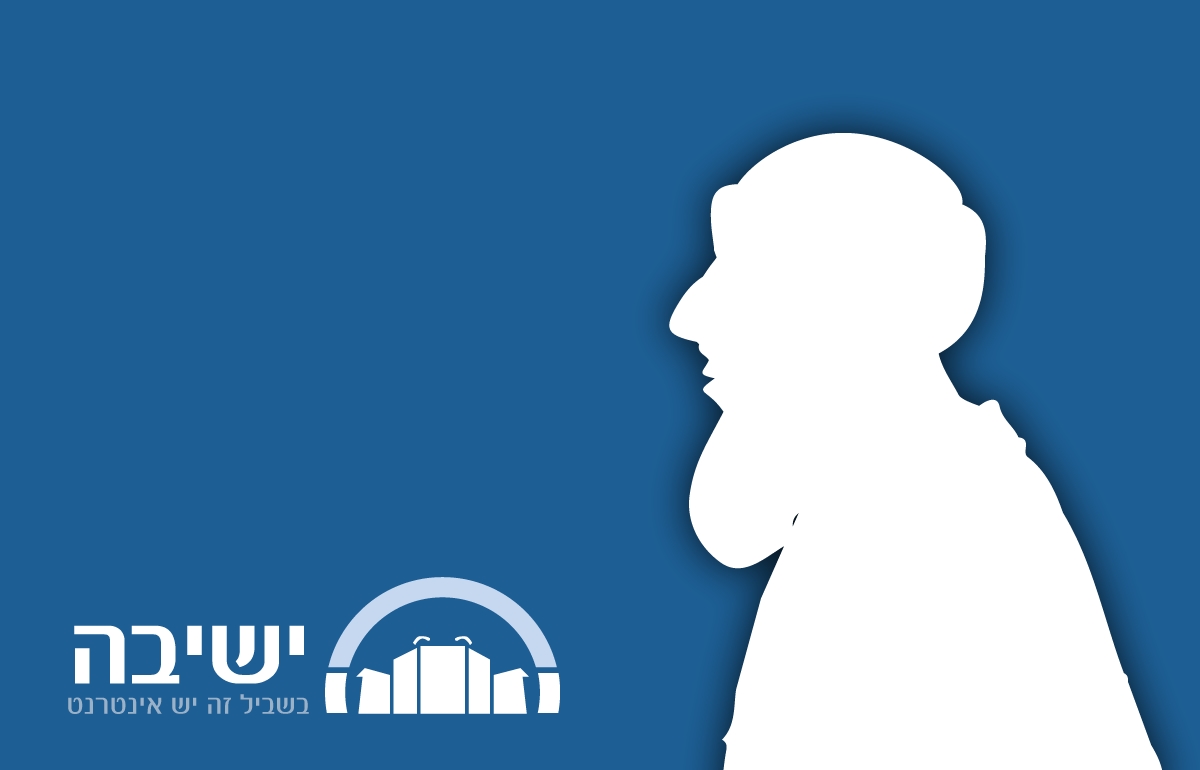
Bemare Habazak - Rabbis Questions (627)
Rabbi Daniel Mann
235 - An Israeli Being a Chazan Abroad Before Dec. 5
236 - Using an Hourglass on Shabbat
237 - Child Riding a Bicycle on Shabbat
Load More

Ask the Rabbi: Beracha when Lighting for a Neighbor
Rabbi Daniel Mann | Kislev 5786

Ask the Rabbi: Anonymous Return of Stolen Money
Rabbi Daniel Mann | Nisan 5785

Ask the Rabbi: Drawer with Aluminum Foil Roll
Rabbi Daniel Mann | Cheshvan 5786

Ask the Rabbi: Indirect Responsibility for Theft
Rabbi Daniel Mann | Shevat 5785

Rabbi Daniel Mann

Bikur Cholim by Electronic Means
Shvat 1 5782

Timtum Halev – Part II
Adar I 8 5776

A Mourner Serving as Chatan Torah
5775



